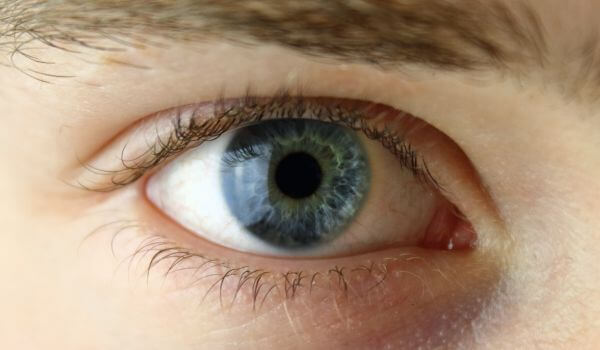Vyzulta (latanoprostene) is an eye drop prescribed for patients who are diagnosed with open-angle glaucoma or ocular hypertension. In both cases, there is a build-up of pressure inside the eye, which if untreated can lead to blindness.
Vyzulta is a prostaglandin analog that works to lower pressure inside the eye by controlling the flow of fluids within the eye to maintain normal pressure.
Dosage
The dose and regimen are set by the doctor. The normal dose in patients with glaucoma is one drop of 50 mg/ml once daily at night, which reduces the IOP by approximately 30%.
This text is for informational purposes only. Please consult with a doctor or pharmacist before using any medication.
Read the manufacturer’s Patient information leaflet that comes with the medication.
Some mild adverse side effects include conjunctival hyperemia (dilation of blood vessels on the white of the eye and inside the eyelid), eye irritation, eye pain, and pain at the site of instillation. Not all side effects are listed here. If these or other unlisted symptoms persist or worsen, stop using the eyedrops and consult with a healthcare provider or pharmacist. There may be gradual changes to eyelashes including increased length thickness and numbers. These usually revert to normal once treatment with the drops.
Very rarely, punctate keratitis (raised spots on the cornea) can be caused by the death of small groups of cells. Symptoms include the eyes becoming red, watery, and sensitive to light, with decreased vision. In this case, stop using the drops immediately, and consult with the prescribing physician or a pharmacist.
In all of these cases, if the side effects do not clear up by themselves within a few days, consult with the prescribing physician or a pharmacist.
Vyzulta is prescribed as a first-line treatment to lessen intraocular pressure and prevent blindness.
Intraocular pressure is measured with special equipment used by an ophthalmologist, optometrist, or other trained physicians. Increased pressure may be caused by a blockage in the drainage channels within the front chamber (the aqueous humor) of the eye or the overproduction of fluids in the chamber. This can cause ocular hypertension that can eventually damage the retina and result in blindness. Some medicines, such as steroids, can also cause an elevation of intraocular pressure.
Pressure is measured in millimeters of mercury (mm Hg). Usually, ocular hypertension is diagnosed and treated when eye pressure is greater than 21 mm Hg, but the changes between measurements may also be of significance, indicating an underlying problem if it is steadily increasing.













